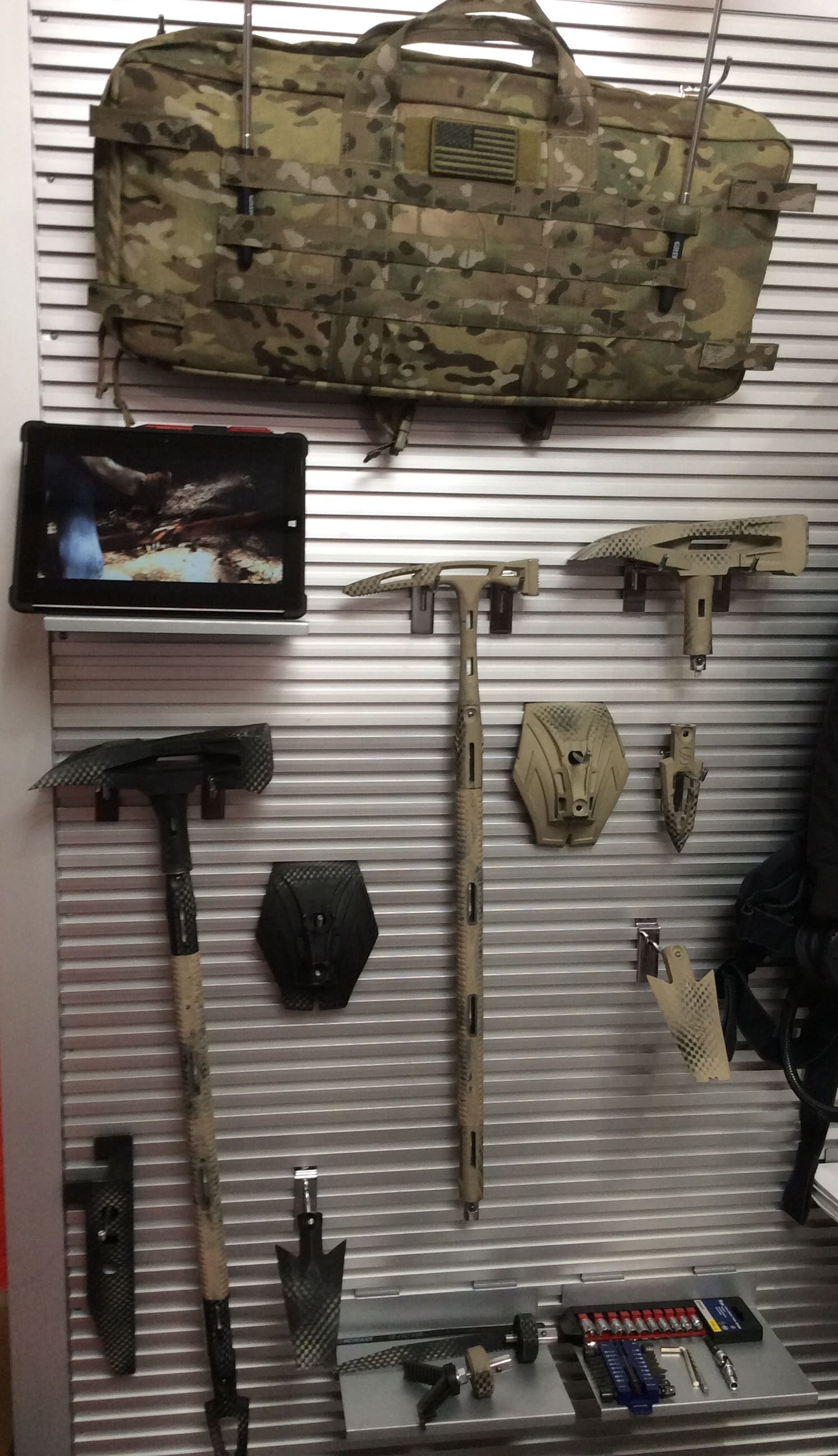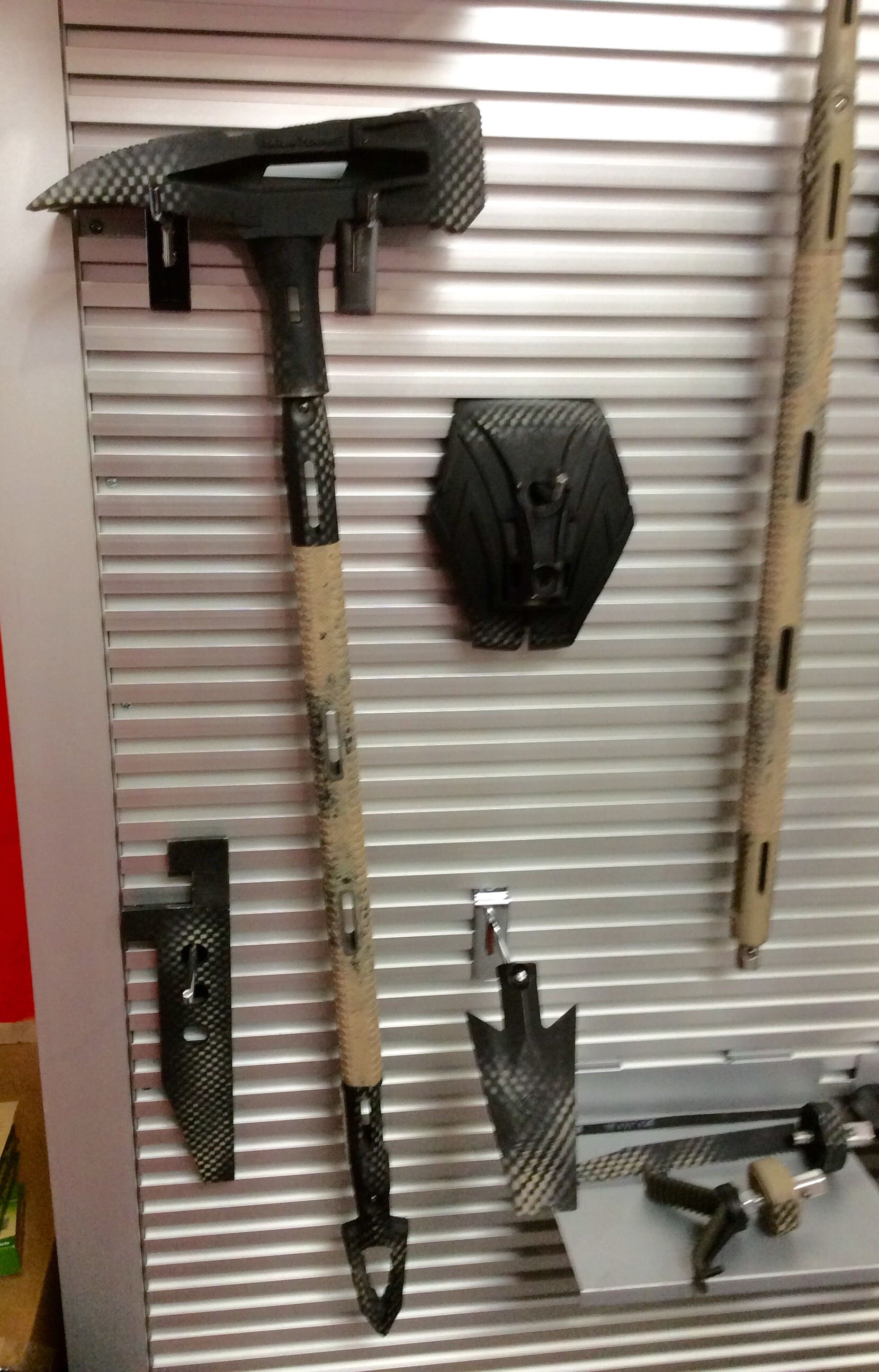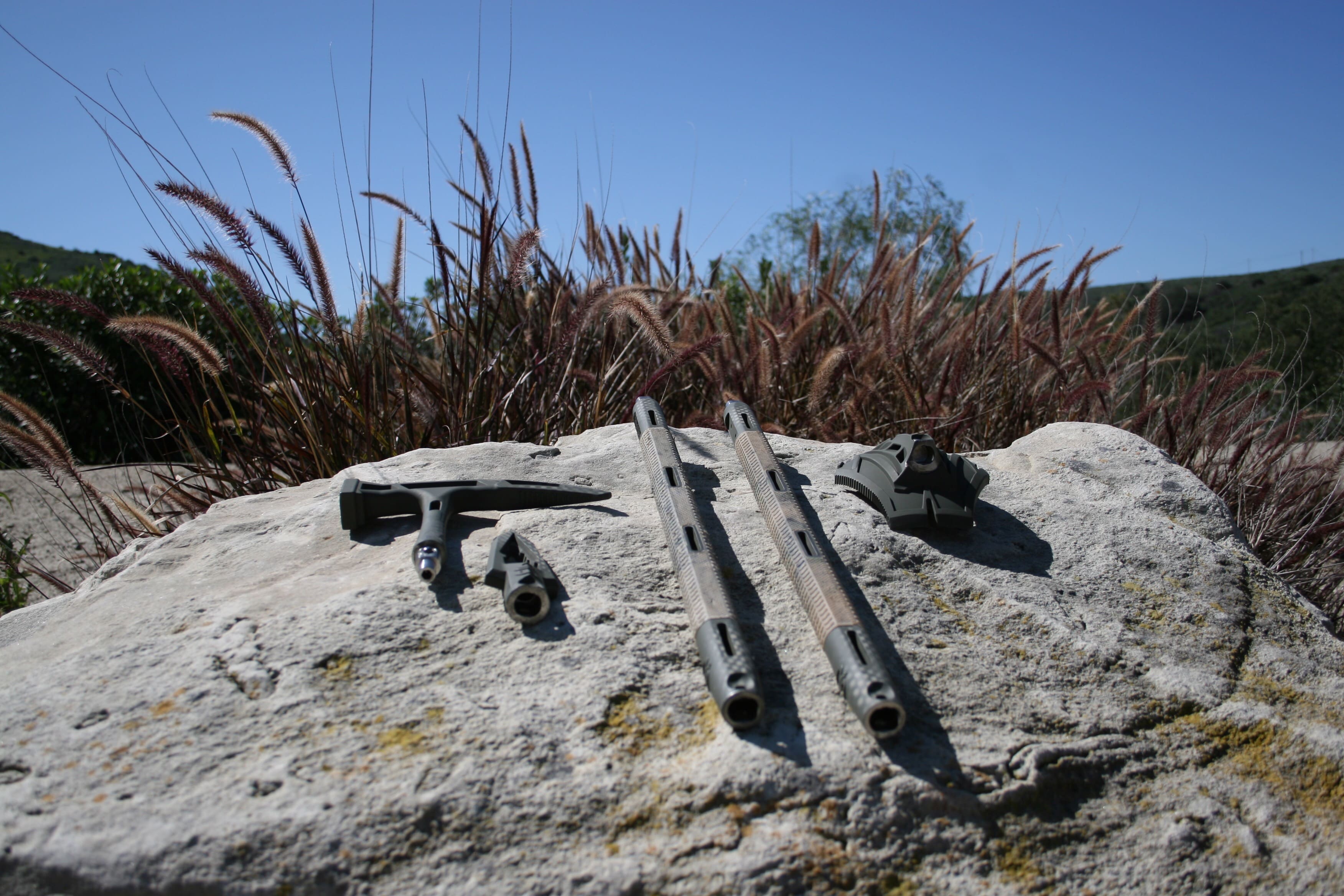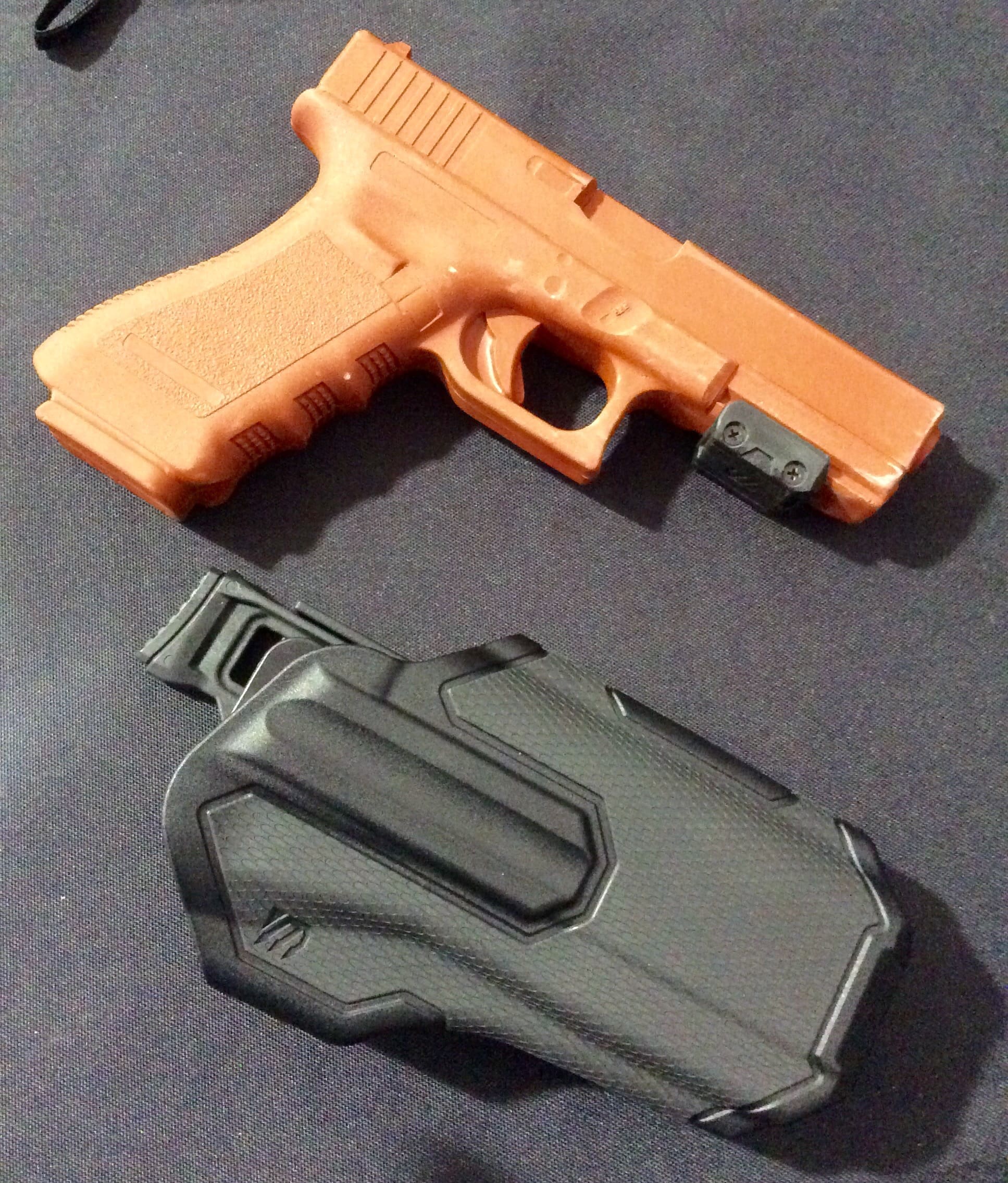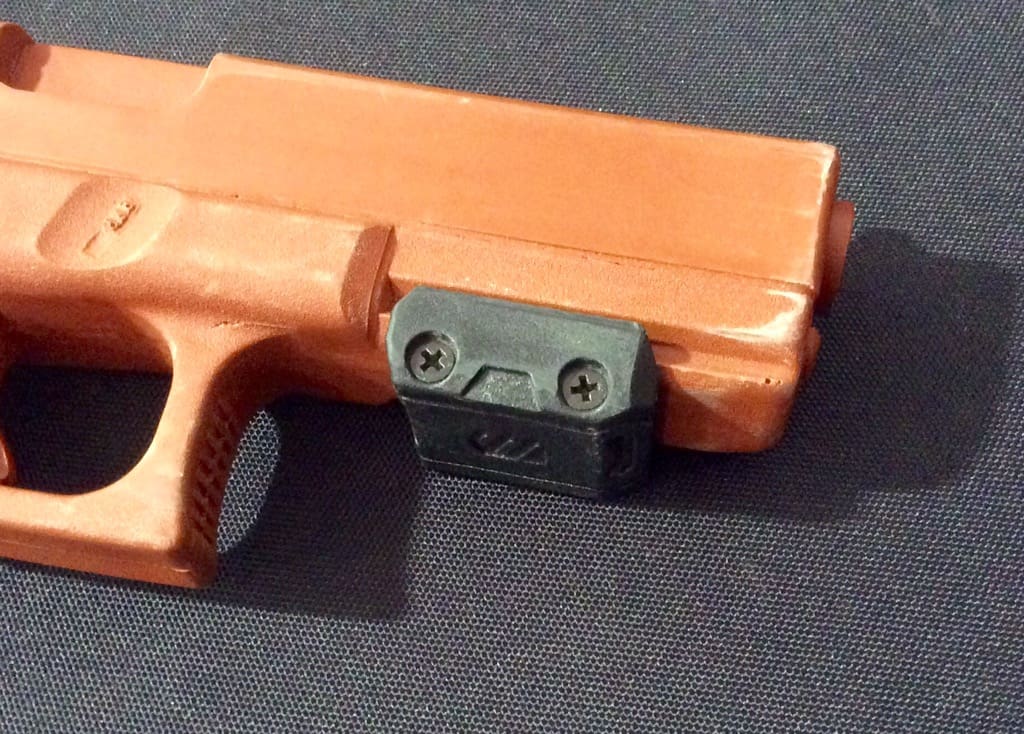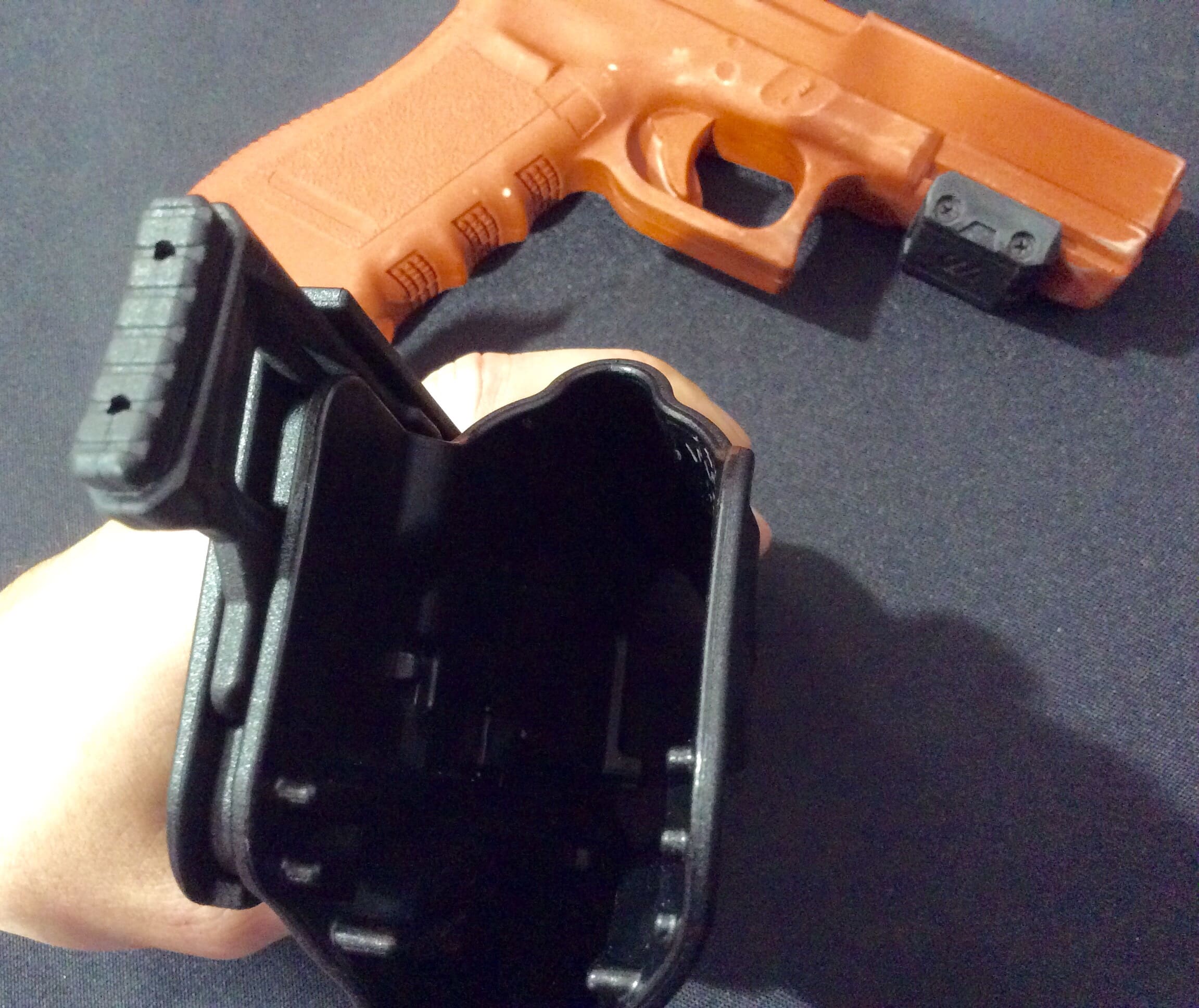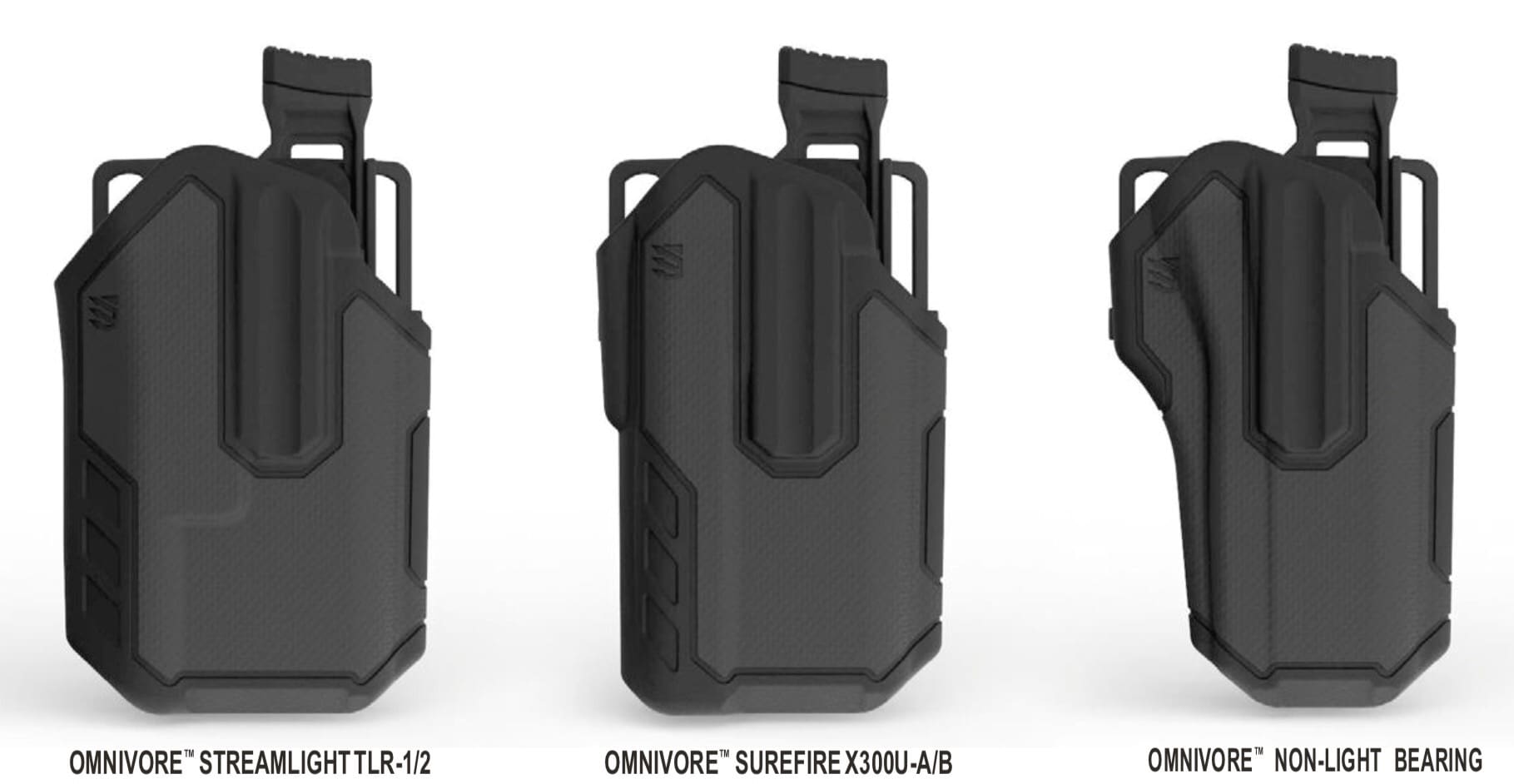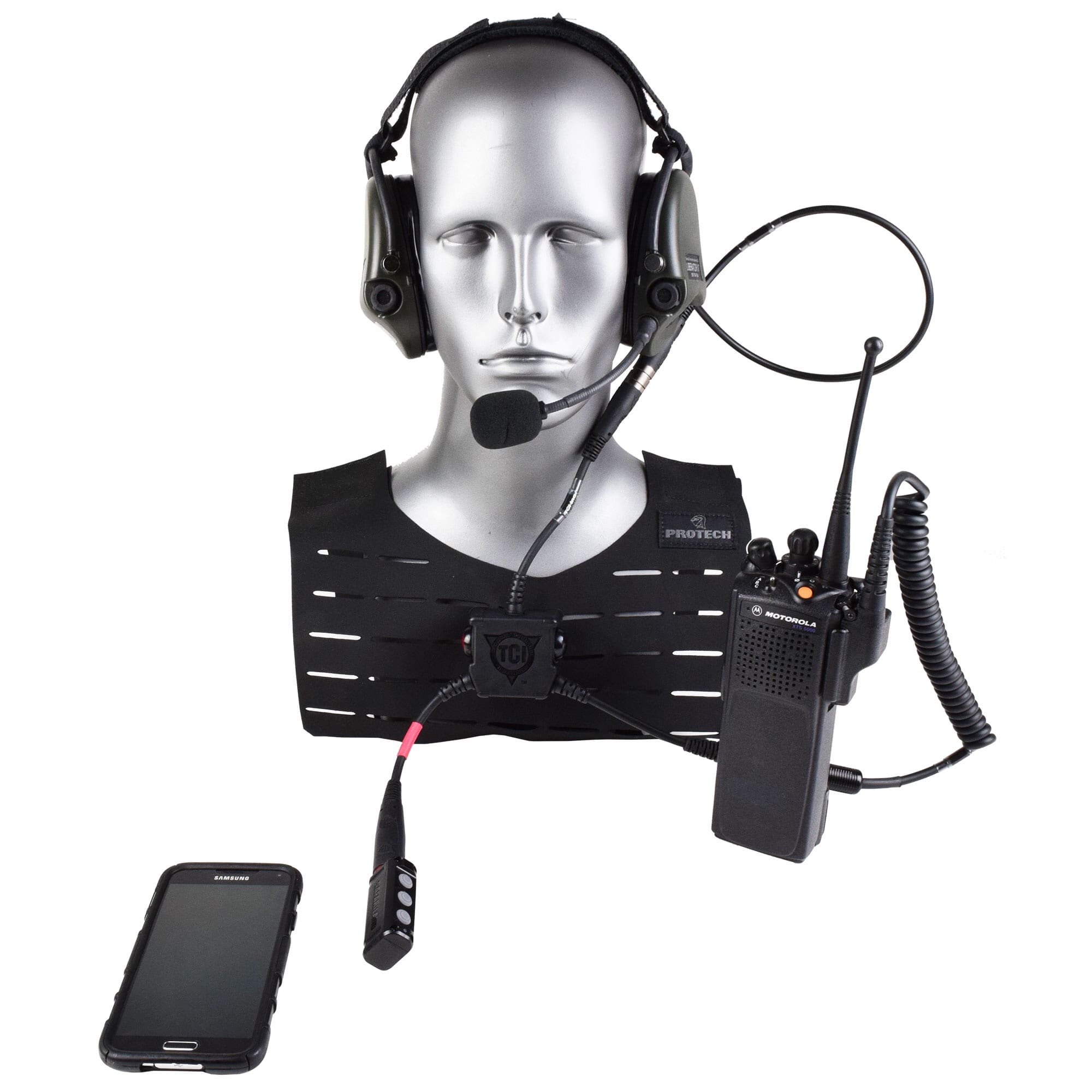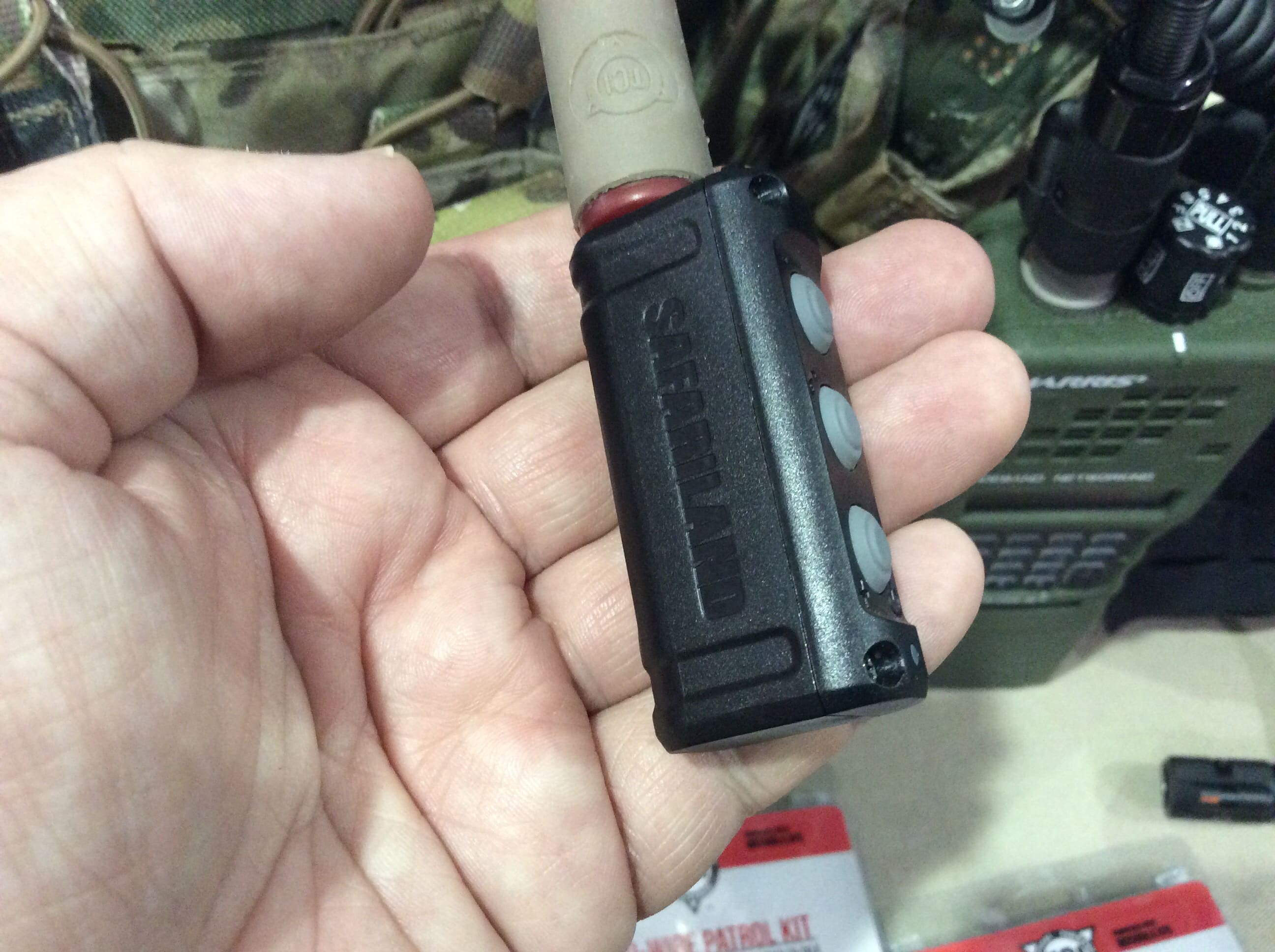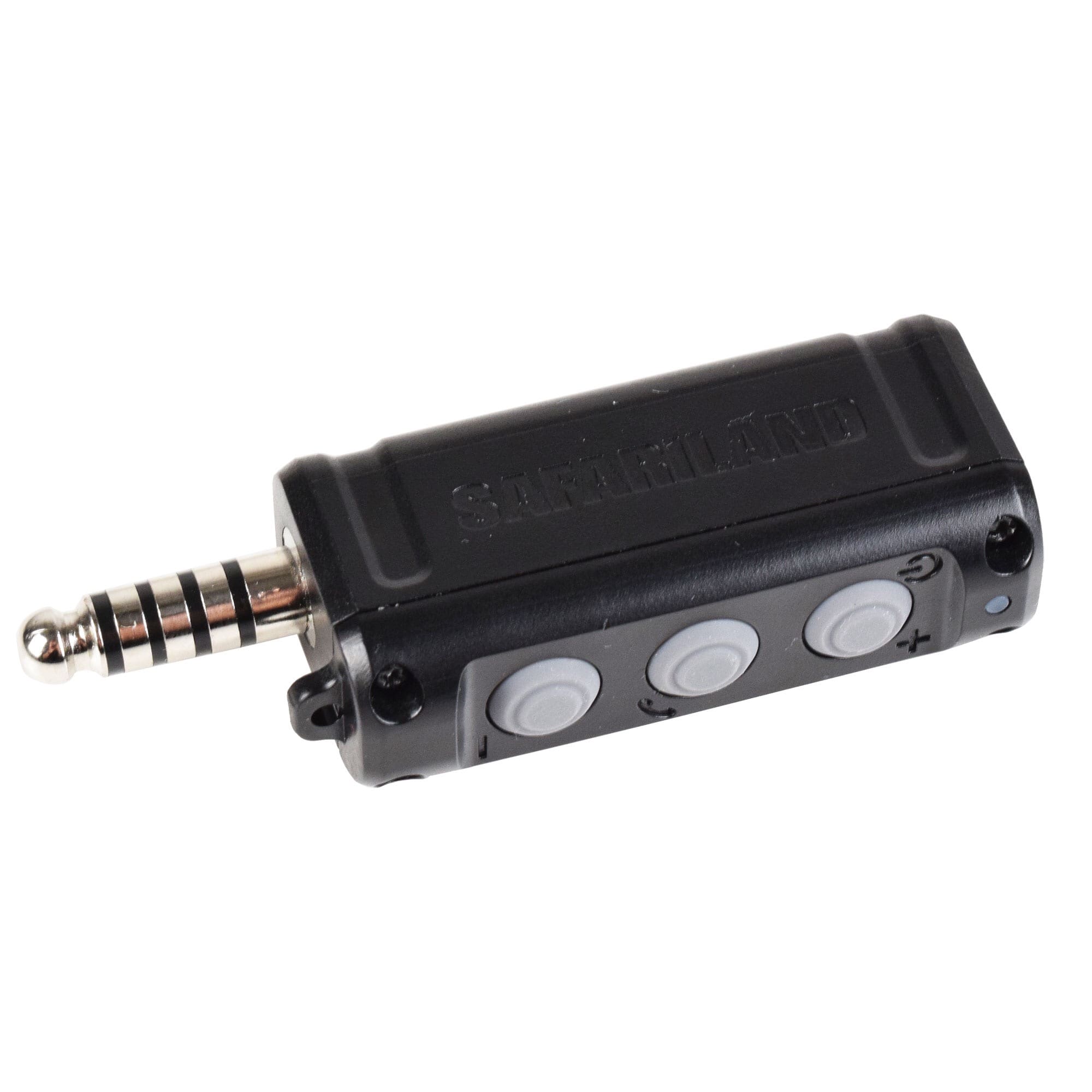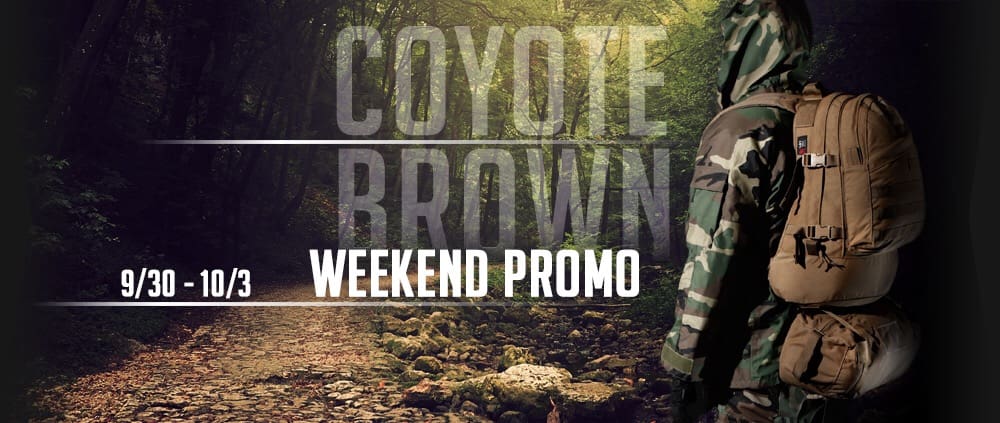Regular readers of SSD will know that there is a non-profit association that represents the mutual interests of the warfighter and the PPE and OCIE industry. We’ve written regularly about the Warrior Protection and Readiness Coalition which has served as the voice on the Hill of domestic manufacturers that build the body armor, technical textiles, footwear, helmets, load carriage, dress and combat uniforms. The WPRC has shown time and again, their commitment to ensuring that our armed services are provided with the best possible PPE and OCIE to execute their missions and return home safely. This association has had remarkable success raising the profile of the industry in Congress and the DOD, and their good work is continuing to attract new members as well as legislative success. The membership of this organization have been doing admirable work pulling the sled and it is great to see their efforts continue to deliver results that benefit service members as well as the entire industry.
Personal Protective Equipment Industry Association Adds Five New Member Companies
MARBLEHEAD, MA (October 3, 2016) – The Warrior Protection and Readiness Coalition (WPRC) has helped secure provisions within the FY 2017 National Defense Authorization Act (NDAA) that will enhance the personal protective equipment (PPE) and organizational clothing worn and carried by American servicemembers and strengthen the domestic industrial base. The NDAA awaits final passage, and as these provisions improve the safety of American servicemembers, they should be implemented in the next fiscal year.
WPRC’s top legislative priority is a provision authored by Senator Kelly Ayotte (R-NH) that prohibits the use of “Lowest Price Technically Acceptable” (LPTA) contracting methods for the procurement of personal protective equipment “where the level of quality or failure of the item could result in combat casualties” and directs that best value contracting methods be used for future contract solicitations (Section 829C). This provision strengthens language in the FY2016 NDAA (Section 884) that only directed the use of best value contracting “to the maximum extent practicable.” Section 829C will have a positive, lasting impact on the future procurement of quality PPE and organizational clothing.
WPRC Executive Director David Costello said, “This year, our association has achieved the highest level of legislative success since our founding. The NDAA includes several provisions that will ensure that our armed servicemembers are receiving the best available equipment and that the Department of Defense is achieving the best value for the taxpayer. I thank Senator Ayotte and her colleagues on the Senate Armed Services Committee for their bi-partisan efforts to improve warfighter safety while saving precious resources through the use of effective contracting solutions.”
Over the past year, the Department of Defense has made history by fully integrating women into combat roles. Given this policy change, a thorough review of current PPE and organizational clothing is necessary to ensure that the Department is prepared to properly equip and protect female warfighters.
Working with WPRC member companies, Members of the House and Senate Armed Services Committees drafted and included language in both Committee reports requiring a “Soldier as a System” approach to female specific equipment procurement. The House Armed Services Committee language requires a briefing “outlining plans for programming, budgeting, and procurement of female specific equipment including helmets, combat clothing, body armor, footwear, and other critical safety item equipment categories.” The briefing must include plans on integrating commercially available materials and advanced product design to reduce the weight load for all service members, both male and female.
The Senate Armed Services Committee also included language in the NDAA requiring the Secretary of Defense to deliver a report detailing the acquisition strategy, by service branch, for the PPE and OCIE needs of both male and female service members. The Secretary’s report must outline the Department of Defense’s plan to provide improved PPE and OCIE developed for all service members to meet validated operational requirements and any plans for budget, development, and procurement of female-specific equipment needs, including but not limited to helmets, clothing, and body armor. This report and briefing will represent a defined strategy for WPRC members and industry leaders to develop advanced equipment designed for female service members and further develop a “soldier as a system” procurement program to lighten the weight load for all members of the armed services.
Central to WPRC advocacy programs is constant support for the Berry Amendment, requiring that all PPE and OCIE provided to American servicemembers be manufactured in the United States. This year, WPRC worked together with the Senate Appropriations Committee, Subcommittee on Defense (SAC-D) to include report language encouraging the Secretary of Defense to “dedicate resources to expand training and ensure compliance with Buy American and Berry Amendment” provisions. The report expressed concern regarding “two separate Inspector General reports, required by the NDAA for FY 2014, that found both the Air Force and Navy were not in compliance with the Buy American Act and Berry Amendment.”
The SAC-D Committee report stated, “ensuring appropriate domestic source requirements are included in contracts and strict adherence to these requirements are vital to the health of the Defense industrial base.” WPRC is also working with several Members of Congress and Committee Professional Staff Members to ensure that PPE and OCIE items purchased for allied nations through the Foreign Military Sales (FMS) program are always compliant with the Berry Amendment.
As the WPRC expands its efforts, new companies continue to join the association. Recently, Abom, Inc., ADA, Rocky Brands, Velcro Companies, and Vibram USA have joined with over 40 other companies to add their voice to the WPRC. The added impact of these industry leaders is critical to advancing the WPRC mission to support the equipment and advanced clothing needs of the Armed Services and Department of Homeland Security.
Abom, Inc. – Founded in 2012, Abom, Inc. launched the world’s first fog-free goggles. Led by a group of inventors, scientists and designers, Abom is on a mission to make the future safer with leading-edge technology. Abom presently produces and/or licenses its anti-fog technology in military/tactical, snowsports, and safety goggles. www.abom.com.
ADA – For over 100 years, Australian Defence Apparel (ADA) has manufactured and delivered uniforms for military, healthcare, emergency services, and utility applications. ADA has recently launched the New 1299 Adjustable Pack Frame, Scalable Body Armor product with the potential to improve load carriage for warfighters and peacekeepers across the globe. ADA is now pursuing Berry Amendment compliant solutions to work with the U.S. Department of Defense. www.ada.com.au.
Rocky Brands – Founded in 1932, Rocky Brands, Inc. designs, develops, manufactures and markets premium quality military, duty, outdoor, work and western footwear, apparel, and accessories. Rocky Brands is proud to supply footwear to the United States military. www.rockybrands.com.
Velcro Companies – Velcro Companies is a technology-driven, global organization providing fastening solutions that solve problems in simple, elegant and surprising ways for militaries, businesses and consumers around the world. www.velcro.com.
Vibram USA – Vibram is recognized worldwide as the leader in high performance soles for military, outdoor, recreational, work, and fashion footwear and is relied upon by the world’s greatest climbers and athletes. Vibram soles have conquered Mt. Everest, K2, and a host of the world’s tallest peaks. Today, the company works with a wide variety of premium brands and is the key supplier of rubber outsoles to footwear manufacturing contractors to the United States military. www.vibram.com.
www.warriorprotection.net


